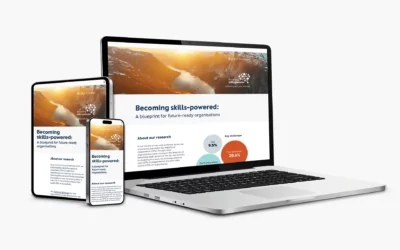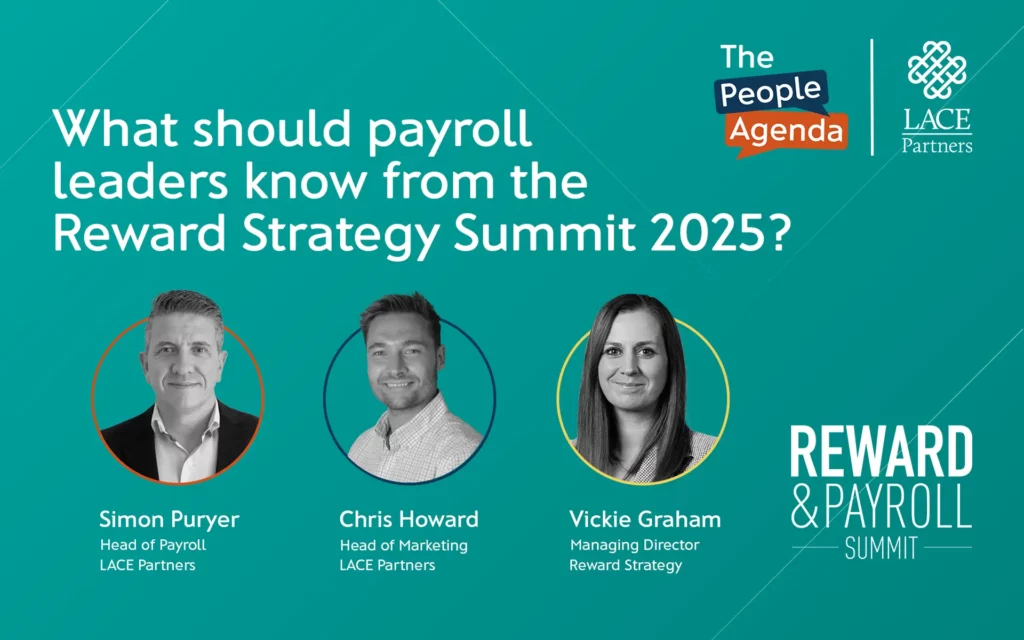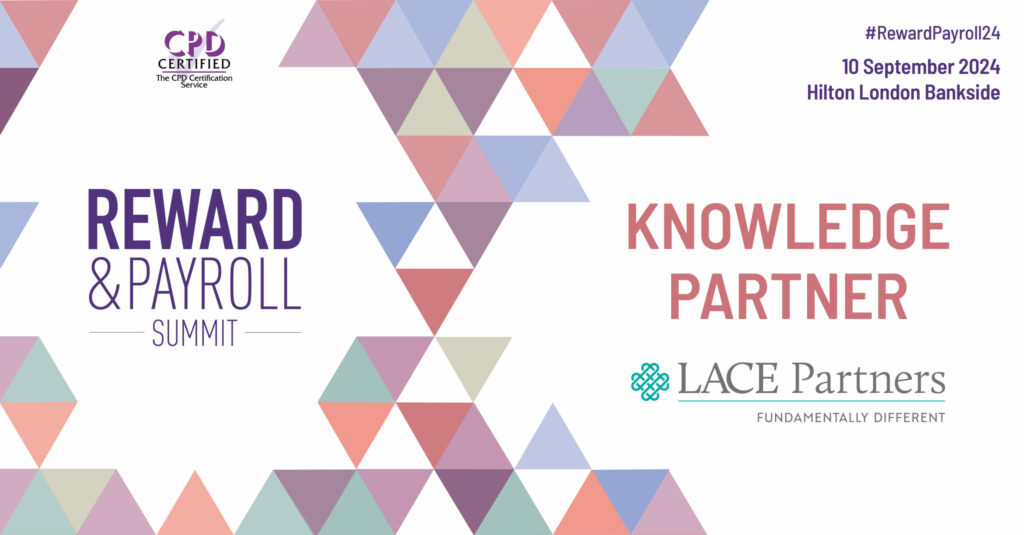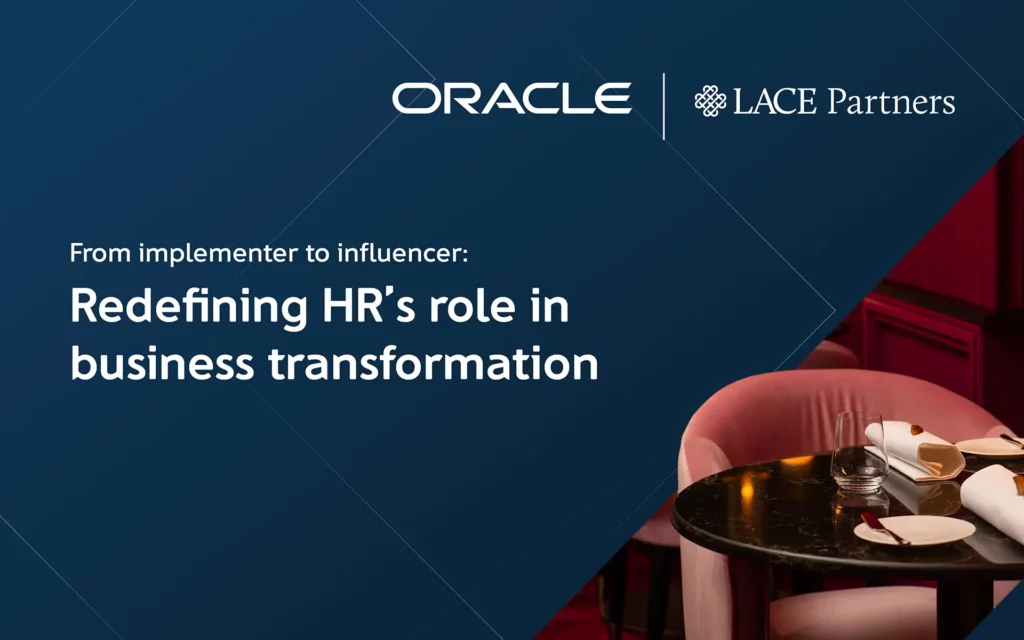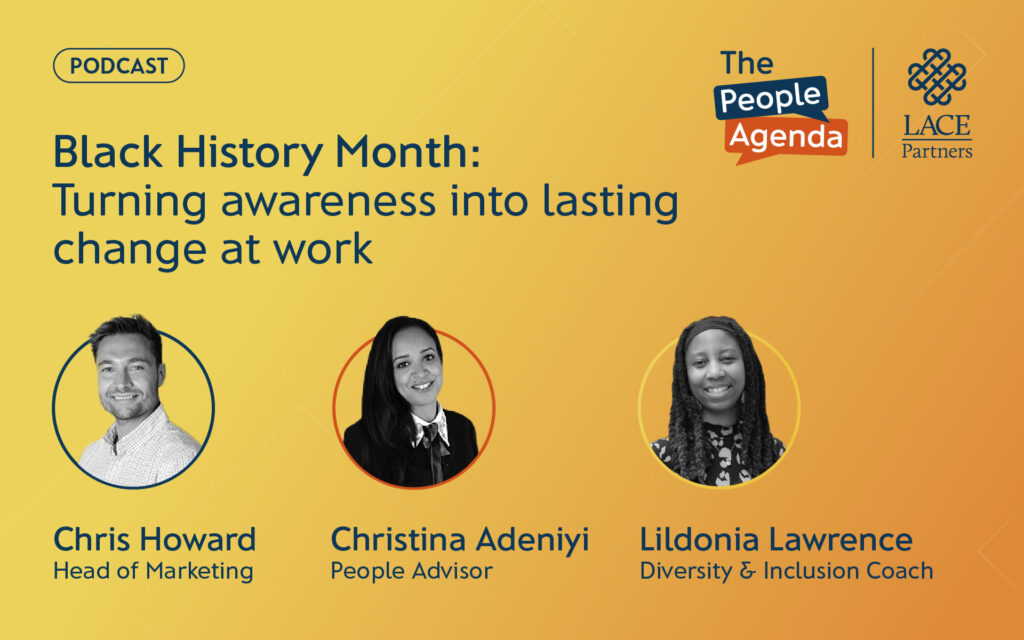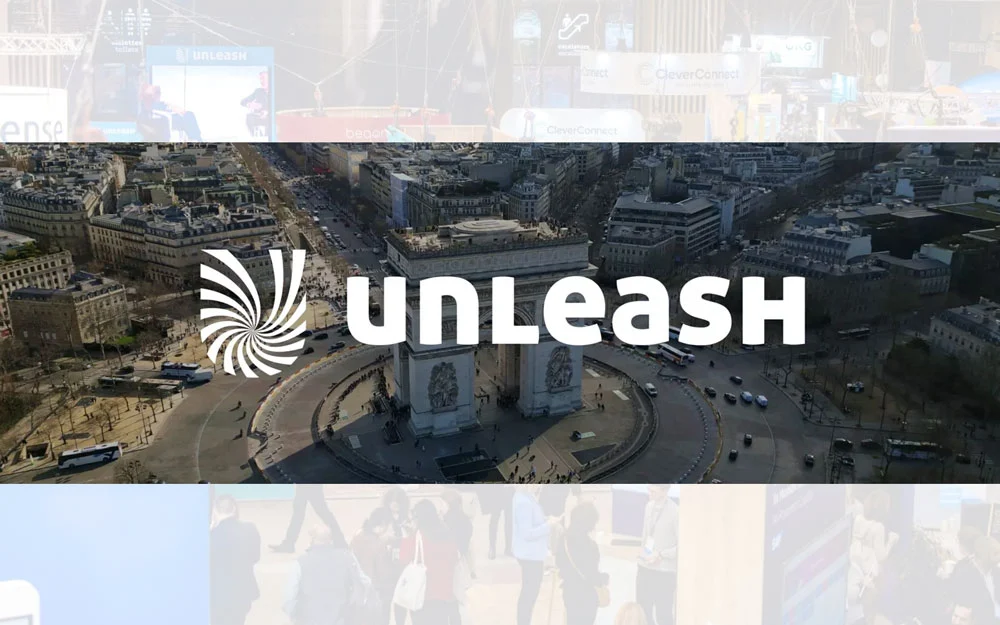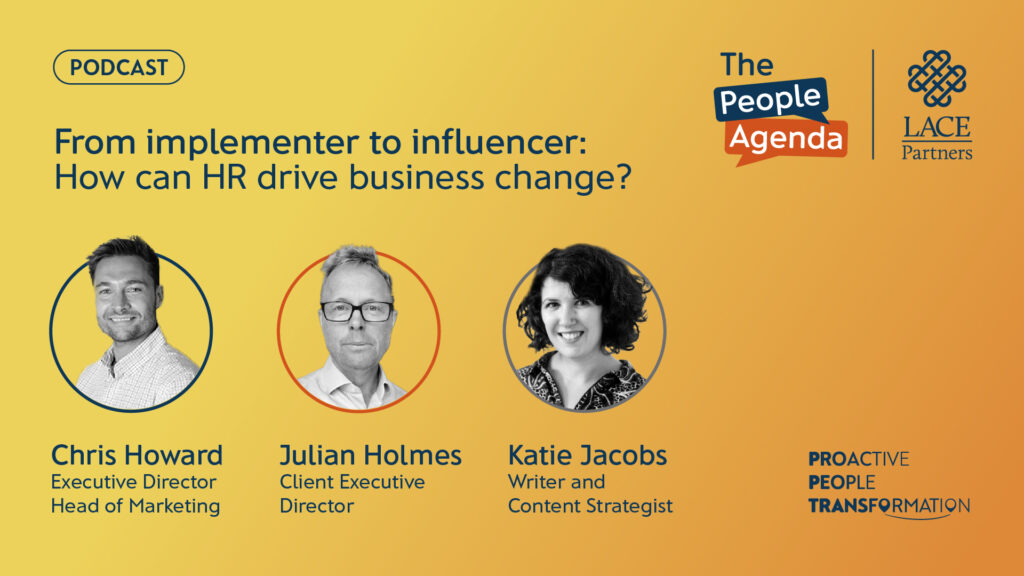Chris Howard and Emma Leonis were recently joined by Simon Cunniffe from easyJet to discuss how they engage workers who are unconnected, remote or – by their very nature of the job they do – often difficult to reach. This was a follow-on podcast from the webinar held in January focusing on the unconnected workforce, which you can also watch ‘on demand’ here.
There is also a reference to the Future of HR Shared Services whitepaper produced by LACE Partners, which you can see here.
What are the core needs of your remote workforce?
Their most important concern for many employees is that they get paid and understand what their payroll is, so there is a significant need around pay information. Additionally, as employees in this industry don’t tend to work regular hours, out of hours contact points are crucial. For many employees referencing is another important need. With our policies, like sickness policy and absence policy, some may struggle with what these policies mean to them in their role. As a result, communication is key and it’s about thinking of our teams and roles as different communities that we want to engage and talk to.
What are some of the initiatives you have or are looking to implement?
Currently we have a HR hub of information and data, it’s a web front end for our advice and guidance. The hub will dynamically know who a person is and which country they are logging in from, displaying information in local languages. We’ve got a portal that allows users to raise questions and queries as well as a database of frequently asked questions that have been raised in the past. We have also made a real effort with the content on our website to make it local and ensure it’s not plagued with HR language. This is to make the content more digestible, allowing people to easily understand what they are reading on their phone and on the go. We try to give people flexible contact mechanisms; for example, giving them a number to call the team, allowing them to raise an e-mail, it all boils down to giving employees as many channels they can use to get in contact with us.
Which channels are the most popular?
People don’t call the service centre that often. They normally use a blended email mechanism to contact us, which might be because this is how they contacted us in the past. At times you hear – particularly from IT consultants – talk of self-serving. In my experience, from a HR shared services perspective, that is the case for some but not many. We try and make it simple; and we also try and think about our user base.
From a physical telephone call perspective there is an SOS for emergency contact; we also have a 24/7 employee assistance program (EAP) for health and wellbeing needs. We have the portal that people can raise queries and that also shows the progress against their query. In addition, as an organisation, we have a business continuity planning process that has out of hours contact.
Does everybody think about using mobile? Is there any pushback?
Certainly, our cabin crew are always on a mobile and social channels; as a result, they are confident and comfortable with that communication arrangement. Our pilots all have company provided iPads that gives them their work to do each day.
At easyJet we don’t get any at pushback on the idea of these communications. It’s quite interesting because the channels are increasingly blurred towards social as well as work. For example, we have Facebook Workplace which is similar to a Facebook group for our communities, and they are actively used by our teams.
Do you believe that the social aspect is a result of the demographic of the workforce?
Yes, I do believe it is the generational impact but because it also a large community it extends beyond that. As an example, my leadership team we’ve got an active WhatsApp chat that’s which most of the time is about something work related and I think that’s a symptom of the culture that we’ve got in the business.
Do you think that brings you closer to the rest of the business?
Traditionally in the business, people have been in and out of HQ. Our crew, for example, would be in our office and they would go directly from there to the airport to fly a plane. The culture’s always been democratic, you can approach anyone and ask a question. The business is incredibly flat, only the CEO has an office in the entire business. It does break some HR barriers and we’ve found that has led to better engagement.
What are some approaches that have worked well for you when engaging the unconnected workforce?
There are a number of initiatives which work well for us. We’ve put messaging across the portal to explain payslip release details. We’ve got an active ticketing platform which allows them to see the progress of the tasks they’ve been assigned. Our engagement takes the form of quarterly pulse surveys which filter throughout the organisation asking a selection of questions. A good feature of the technology we have is that if you are a manager of a team you can respond in real-time for people to get feedback on a particular issue.
At a communications level we’ve worked on user guides making them simple to follow. Increasingly within our workspace it’s paramount to think about wellbeing and wellbeing products that blur the work/life perspective. Recently we’ve been inquiring about a new occupational health provider that we’re hoping to onboard and in addition to that there is a variety of social channels we are looking to integrate with them. Examples would be a stepping challenge between your colleagues or an ability to get discounts on certain health products. This takes HR from being just the “policy police” and be more holistic.
How do you manage your scheduling?
We’ve got a rostering team who plan out the rosters a month in advance. Individuals understand which rosters they’re on, how many hours they’re going to work, and they have an opportunity to bid for leave. Additionally they have a chance to swap rosters with colleagues of a similar skill set. As it’s completely phone based, employees can go in and dynamically see their rosters, deciding if they want to flip stuff around and have a conversation with colleagues.
What are the lessons learned in creating solutions to challenges that workforce are facing?
We employ cabin crew in eight different countries, and they all have slightly different requirements. The flexibility of that persona group is important. The concept of self-serve doesn’t always work and being progressive around that is important, as well as encouraging people to call in and ask open questions. It is important to sensibly empower your teams to do activities outside their comfort zone.
What does the future hold?
We are currently running a study around the voice of the customer. It is a study we are conducting in collaboration with Oxford University where we are investigating the employee lifecycle and thinking about the moments that matter for our workforce. We are trying to go beyond policy to think about what people want in the future of work and in turn what the type of products that we, as a team, want to offer moving forward.
Looking at ways in which you can get better at engaging with your unconnected workers, improve your employee experience or redefine your approach to engagement of employees overall? Find out more about how we can help here, or contact us directly for a friendly initial chat.





